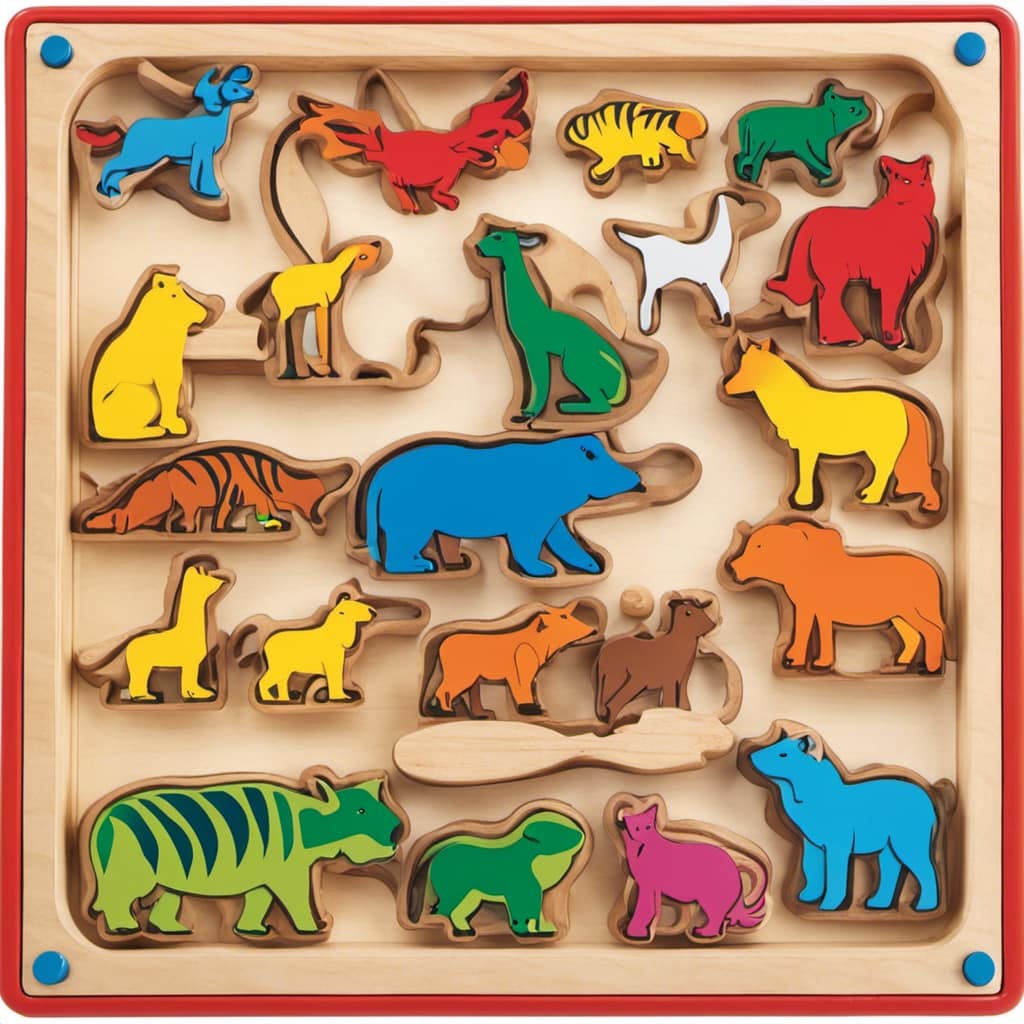Hello!
I gotta tell you, Piaget’s Theory of Cognitive Development is a game-changer when it comes to understanding how kids think and grow.
It breaks down their stages of development, starting with the sensorimotor stage, which kicks off from birth until around two years old. During this time, little ones explore the world using their senses and motor skills.
It’s fascinating how they develop object permanence, which helps with memory, problem-solving, and language.
So, let’s dive into how motor skills and cognitive development go hand in hand, and how Piaget’s theory sheds light on it all.
Key Takeaways
- The sensorimotor stage is a crucial period in a child’s cognitive development, during which they learn about the world through their senses and motor actions.
- Motor skills development, including both fine and gross motor skills, plays a vital role in cognitive development and enables children to interact with and explore their environment.
- Understanding object permanence, which emerges during the sensorimotor stage, is essential for memory, problem-solving, and language acquisition.
- Piaget’s theory emphasizes the importance of balance between assimilation and accommodation, as well as the influence of sociocultural factors such as cultural contexts, education, active learning and interaction, and hands-on learning on cognitive development.
The Sensorimotor Stage
During the sensorimotor stage, I learn about the world through my senses and motor actions, and my understanding of object permanence begins to emerge.
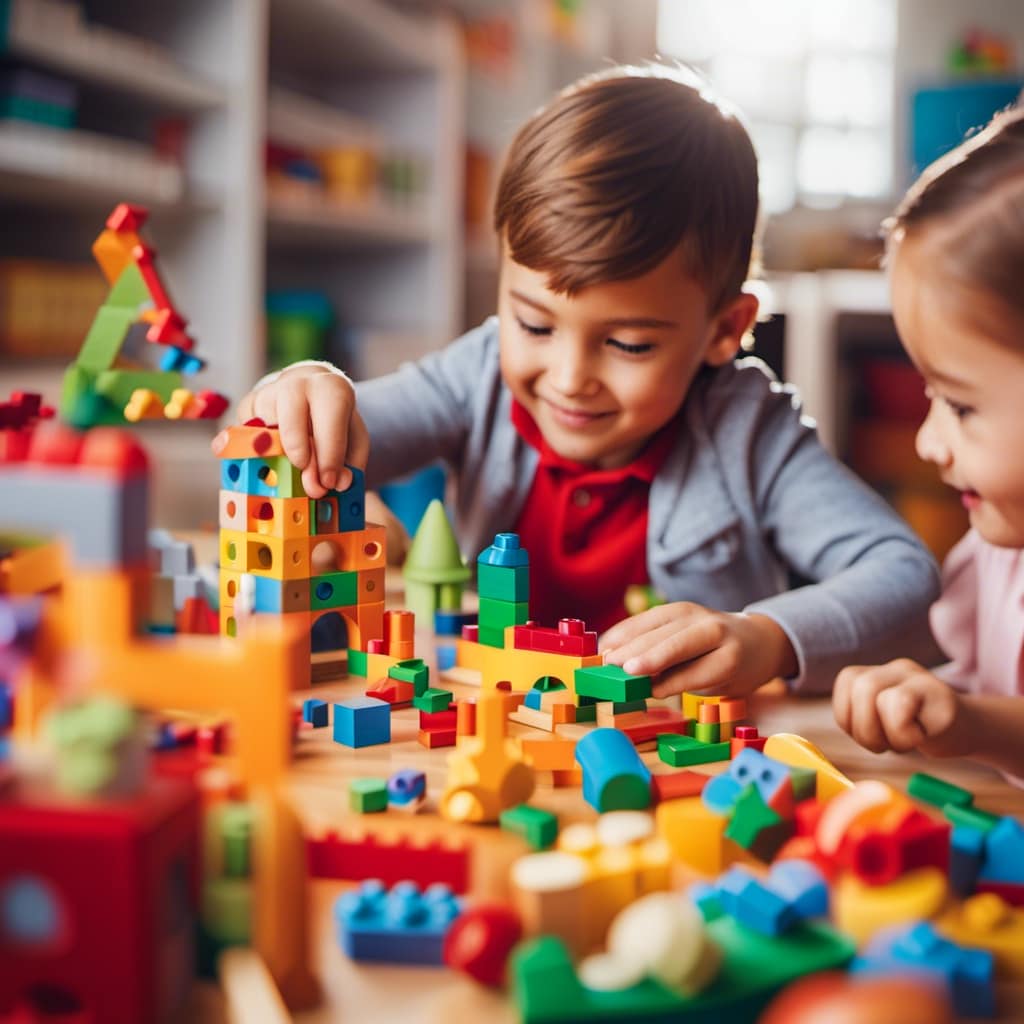
Sensory exploration and cognitive exploration play key roles in this stage of development. As I interact with my environment, I use my senses to explore and understand the world around me. I touch, taste, smell, see, and hear things to gather information and make sense of my surroundings.
Through my motor actions, such as reaching, grasping, and crawling, I actively engage with objects and learn about their properties. This sensory and motor exploration helps me develop a better understanding of the world, and it lays the foundation for further cognitive development in later stages.
Motor Skills Development
As an infant, I learn about the world through my senses and motor actions, which is crucial for the development of motor skills.
Motor skills develop in two main categories: fine motor skills and gross motor skills. Fine motor skills involve the coordination of small muscles, like using fingers to grasp objects or hold a pencil. Gross motor skills, on the other hand, involve the coordination of large muscles, like walking, running, or jumping.
Both types of motor skills are essential for interacting with and exploring the environment. As I progress through Piaget’s cognitive development stages, my motor skills become more refined.
This development in motor skills is not only important for physical abilities but also plays a role in understanding object permanence and cognitive growth.

Understanding Object Permanence
I remember when I first started to understand object permanence, it was like a lightbulb moment in my cognitive development. Suddenly, I realized that objects continue to exist even when they are out of sight. This newfound understanding opened up a whole new world of exploration and problem-solving for me.
In understanding object permanence, sensory exploration plays a crucial role. Through touching, feeling, and manipulating objects, infants develop a sense of their physical properties and learn about cause and effect relationships. This sensory exploration helps them to form mental representations of objects, which are essential for memory and problem-solving abilities.
Additionally, cultural factors can impact the development of object permanence. Different cultures may have varying approaches to sensory exploration and object manipulation, which can influence how children understand and interact with their environment. Cultural practices and beliefs also shape the opportunities for sensory exploration and object manipulation, thus influencing the development of object permanence.
The Four Stages of Cognitive Development
The first stage of cognitive development is the sensorimotor stage, which occurs from birth to around two years of age. During this stage, infants learn about the world through their senses and motor actions.
Motor skills development is crucial, as it enables children to interact with and explore their environment. Understanding object permanence, the knowledge that objects continue to exist even when they are out of sight, emerges during this stage.
Assimilation, the process of incorporating new information into existing mental structures, and accommodation, adjusting existing mental structures to fit new information, play a role in cognitive development. Balancing assimilation and accommodation is important for language acquisition and problem-solving.
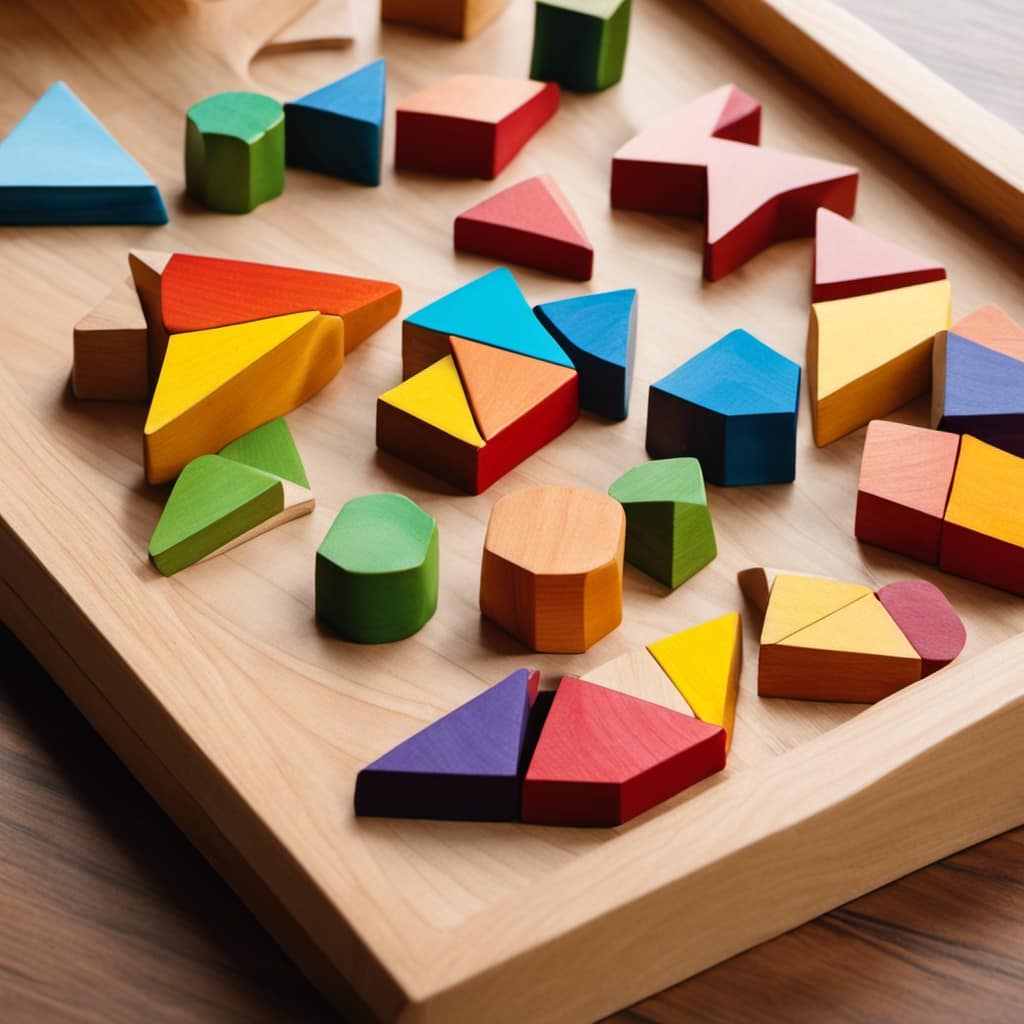
Sociocultural influences, such as cultural contexts and education, also shape cognitive development by impacting language development and problem-solving abilities.
Assimilation and Accommodation
During the sensorimotor stage, I learned about the world through my senses and motor actions. Understanding object permanence was crucial for my memory, problem-solving, and language acquisition.
Now, let me share with you the deeper meaning behind the role of imitation in cognitive development and the impact of cultural beliefs on assimilation and accommodation:
-
The role of imitation in cognitive development: Imitation plays a significant role in how I learn and understand the world around me. By observing and imitating others, I can acquire new skills, expand my knowledge, and develop social understanding.
-
The impact of cultural beliefs on assimilation and accommodation: Cultural beliefs shape how I assimilate new information into my existing mental structures and accommodate new ideas. Cultural norms, values, and practices influence my cognitive development by providing a framework for understanding and interpreting the world.
-
Balancing assimilation and accommodation: Striking a balance between assimilation and accommodation is crucial for my cognitive development. I must adapt my existing mental structures to fit new information while also incorporating new ideas into my understanding. This balance allows me to build upon my existing knowledge while being open to new perspectives and experiences.
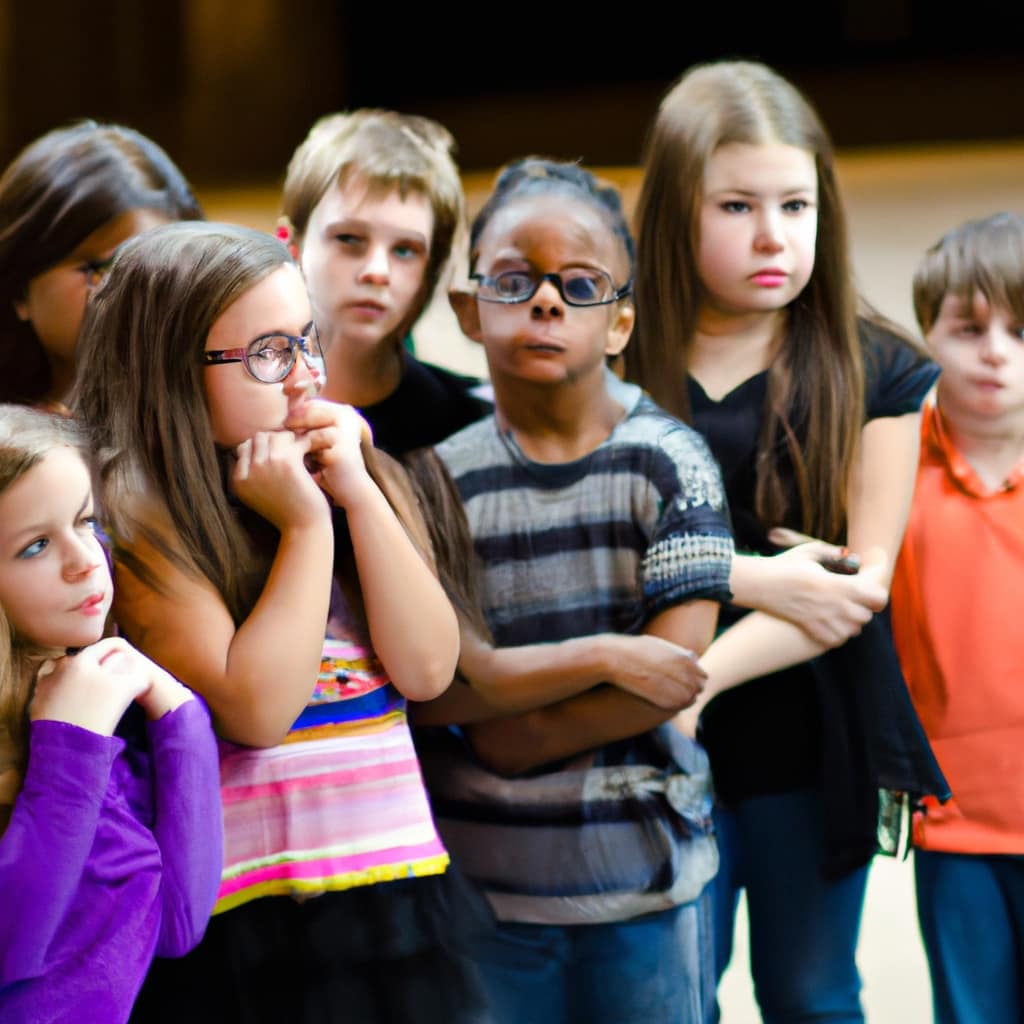
The Role of Assimilation
Assimilation plays a vital role in my understanding and interpretation of new information. It is through assimilation that I am able to incorporate new knowledge into my existing mental structures.
When it comes to language acquisition, assimilation allows me to apply my existing language skills to understand and learn new words and concepts. By assimilating new information into my linguistic framework, I am able to expand my vocabulary and improve my communication abilities.
Assimilation also plays a crucial role in problem-solving skills. When faced with a new problem, I rely on my past experiences and knowledge to assimilate the new information and find a solution. Assimilation enables me to connect the dots between what I already know and the new problem at hand, helping me to come up with creative solutions and think critically.
The Role of Accommodation
When faced with new information, I adjust my existing mental structures to accommodate and incorporate it into my understanding. Accommodation plays a crucial role in language acquisition and cognitive development.
Here are three key points to understand the importance of flexibility in accommodation:
-
Building upon existing knowledge: Accommodation allows us to expand our understanding by incorporating new information into our existing mental structures. This process helps us build a more comprehensive and nuanced understanding of the world.

-
Adapting to new perspectives: Accommodation enables us to be open to new ideas and perspectives. It allows us to modify our existing beliefs and concepts to accommodate alternative viewpoints, ultimately fostering growth and development.
-
Enhancing language acquisition: Accommodation plays a vital role in language acquisition by enabling us to adjust our mental structures to incorporate new linguistic information and concepts. It allows us to adapt to the complexities and nuances of language, facilitating effective communication and comprehension.
Balancing Assimilation and Accommodation
In the previous subtopic, we discussed the role of accommodation in Piaget’s theory of cognitive development. Now, let’s explore the concept of balancing assimilation and accommodation.
Assimilation is the process of incorporating new information into existing mental structures, while accommodation involves adjusting existing mental structures to fit new information. In order for cognitive development to occur, there needs to be a balance between these two processes.
Active learning plays a crucial role in this balance. When children actively engage with their environment and interact with new experiences, they are able to assimilate and accommodate information more effectively. This active engagement enhances problem-solving skills by encouraging critical thinking, creativity, and flexibility in their cognitive processes.
Research has shown that active learning methods, such as hands-on activities, group discussions, and problem-solving tasks, have a positive impact on children’s problem-solving skills. These methods provide opportunities for children to actively apply their knowledge and skills in real-life situations, fostering a deeper understanding of concepts and promoting the development of effective problem-solving strategies.

To summarize, the role of active learning in balancing assimilation and accommodation is essential for the development of problem-solving skills in children. By actively engaging with their environment and actively constructing their knowledge, children are able to adapt and adjust their mental structures to new information, leading to more effective problem-solving abilities.
Sociocultural Influences on Piaget’s Theory
I believe that cultural contexts and educational factors greatly impact the cognitive development of children, influencing their ways of thinking, problem-solving, and perception of the world.
Cultural influences can shape how children understand and interact with their environment, as different cultures have diverse ways of thinking and problem-solving.
Educational factors also play a significant role, as the type of education, curriculum, and teaching methods can influence children’s cognitive abilities.
Additionally, cultural and educational factors can have a profound impact on language development in children. The language they are exposed to and the ways in which it is taught can shape their language skills and communication abilities.
Overall, understanding these cultural influences and their impact on language is crucial for promoting optimal cognitive development in children.
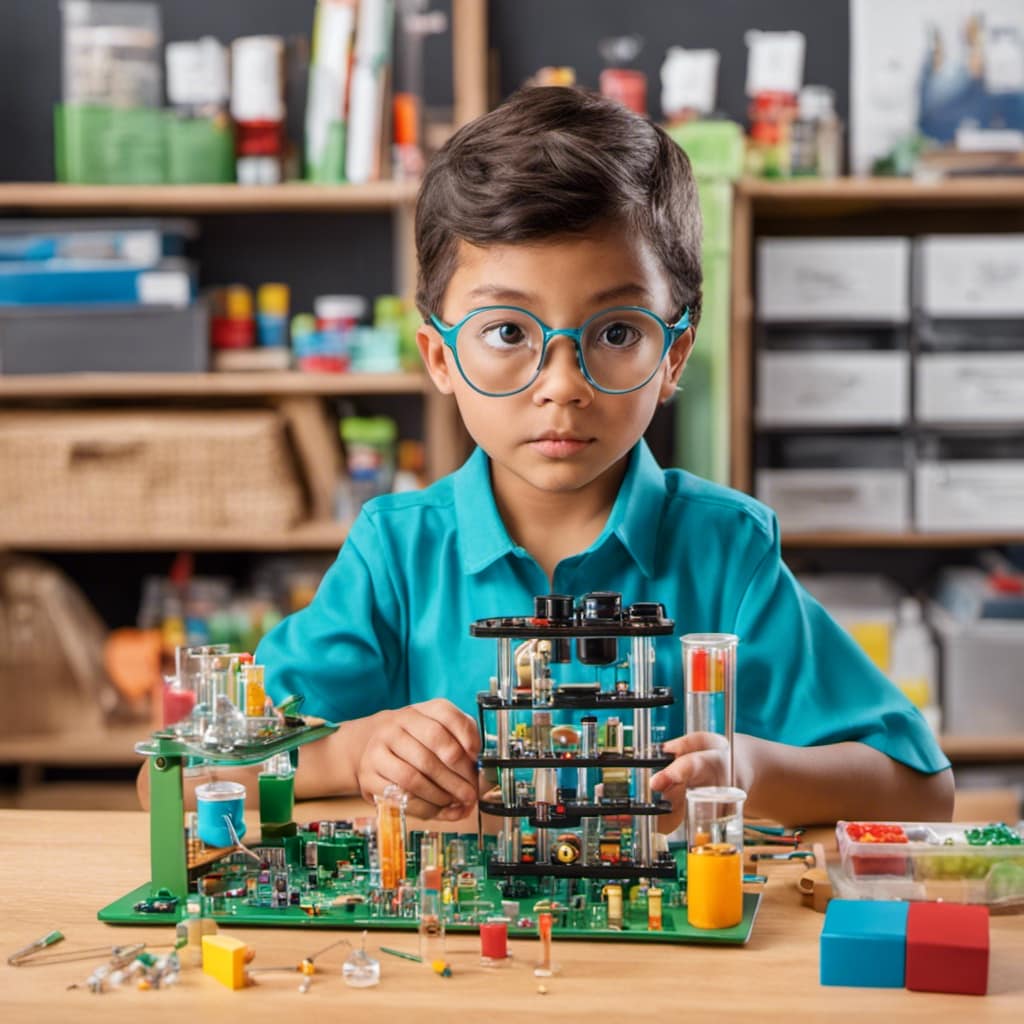
Cultural Contexts and Cognitive Development
Experiencing diverse cultural contexts greatly influences how children think, problem-solve, and perceive the world. Cultural diversity has a significant educational impact on cognitive development. Different cultures have distinct ways of thinking, problem-solving, and perceiving the world, which shapes children’s cognitive abilities. To understand the educational impact of cultural diversity, we can explore the following factors:
| Cultural Contexts | Educational Impact |
|---|---|
| Cultural beliefs and values | Shape children’s cognitive processes and problem-solving strategies |
| Language and communication | Influence language development and cognitive flexibility |
| Social norms and practices | Impact social cognition and perspective-taking abilities |
These cultural factors provide unique learning opportunities and challenges for children, enhancing their cognitive development. By understanding and embracing cultural diversity, educators can create inclusive learning environments that foster cognitive growth and promote a broader understanding of the world.
Hands-on Learning and Cognitive Development
Exploring hands-on learning enhances my understanding of how it impacts cognitive development.
Hands-on learning benefits cognitive development in several ways:
-
Active engagement: When I actively participate in hands-on activities, I am fully engaged in the learning process. This active engagement stimulates my brain and helps me retain information better.
-
Problem-solving skills: Hands-on learning allows me to encounter real-world problems and find solutions through trial and error. This helps improve my critical thinking and problem-solving skills.

-
Retention of knowledge: When I physically interact with materials or manipulate objects, it creates a multisensory experience. This multisensory input enhances my memory and makes it easier for me to remember and retrieve information later.
Overall, hands-on learning provides a more immersive and impactful learning experience, promoting cognitive development through active learning techniques.
Frequently Asked Questions
How Does Piaget’s Theory of Cognitive Development Impact Language Acquisition During the Sensorimotor Stage?
During the sensorimotor stage, Piaget’s theory of cognitive development impacts language acquisition by emphasizing the role of sensory exploration. This stage lays the foundation for language development through infants’ sensorimotor interactions with their environment.
What Are Some Specific Examples of Fine Motor Skills and Gross Motor Skills That Develop During the Sensorimotor Stage?
During the sensorimotor stage, babies develop both fine motor skills (like grasping objects with their fingers) and gross motor skills (like crawling and eventually walking) as they explore and interact with their environment.
How Do Cultural Contexts Influence Cognitive Development According to Piaget’s Theory?
Cultural contexts influence cognitive development by shaping socialization and cognitive processes. Understanding the role of cultural norms is essential in comprehending how they impact cognitive development according to Piaget’s theory.
Can You Provide Some Examples of Educational Approaches That Encourage Hands-On Learning and Enhance Cognitive Development?
Hands-on learning, such as experiments and interactive activities, enhances cognitive development by engaging children in active exploration and problem-solving. This approach stimulates critical thinking, creativity, and the application of knowledge in real-world contexts.
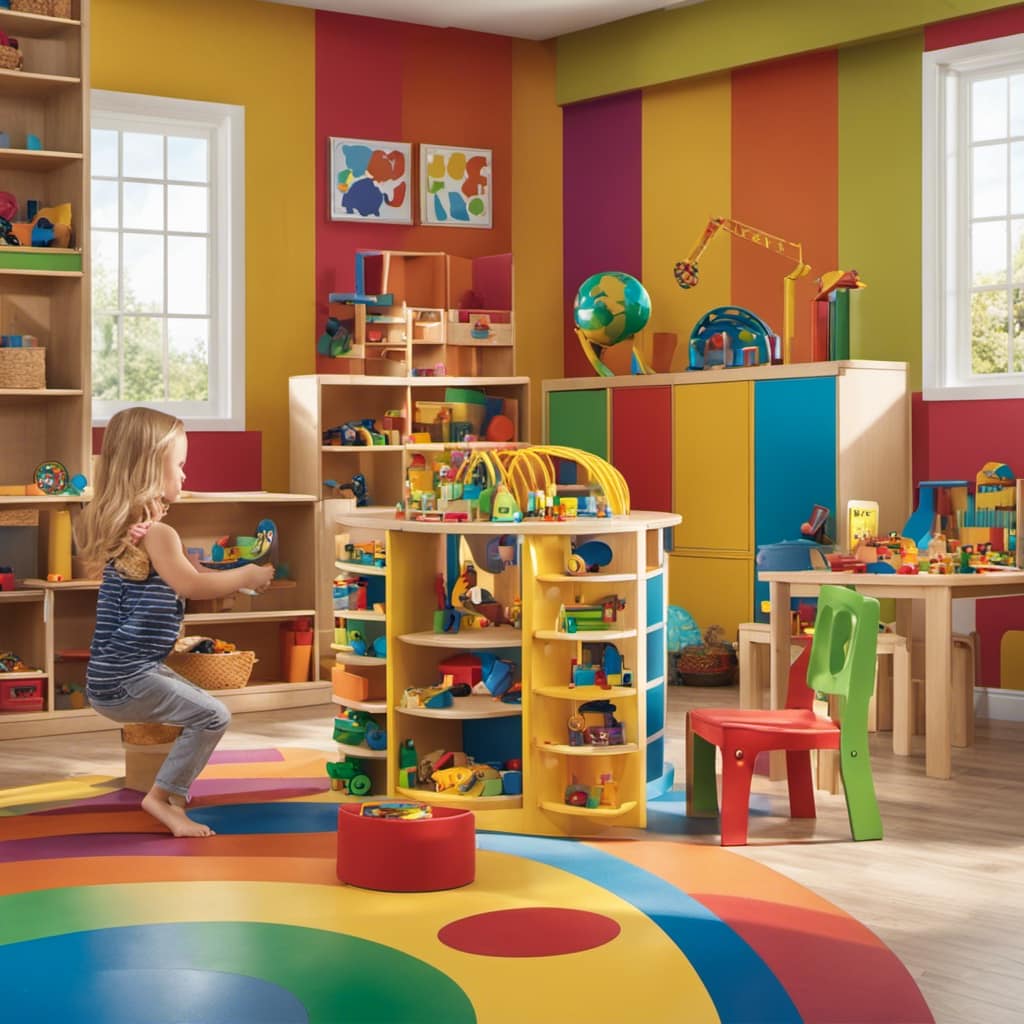
How Does Understanding Object Permanence Contribute to Memory and Problem-Solving Abilities in Children?
Understanding object permanence contributes to memory development and problem-solving skills in children. It allows them to remember and mentally represent objects even when they are out of sight, helping them solve problems by recalling information and making logical connections.
Conclusion
In conclusion, Piaget’s Theory of Cognitive Development provides a comprehensive framework for understanding how children’s thinking abilities evolve through distinct stages.
The sensorimotor stage, along with the development of motor skills, lays the foundation for cognitive growth. The emergence of object permanence during this stage is crucial for memory and problem-solving.
As children progress through the stages, they engage in assimilation and accommodation, integrating new information and adjusting existing mental structures.
Additionally, sociocultural influences, such as cultural contexts and hands-on learning, shape cognitive development. Piaget’s theory highlights the importance of both individual and environmental factors in shaping children’s cognitive abilities.
